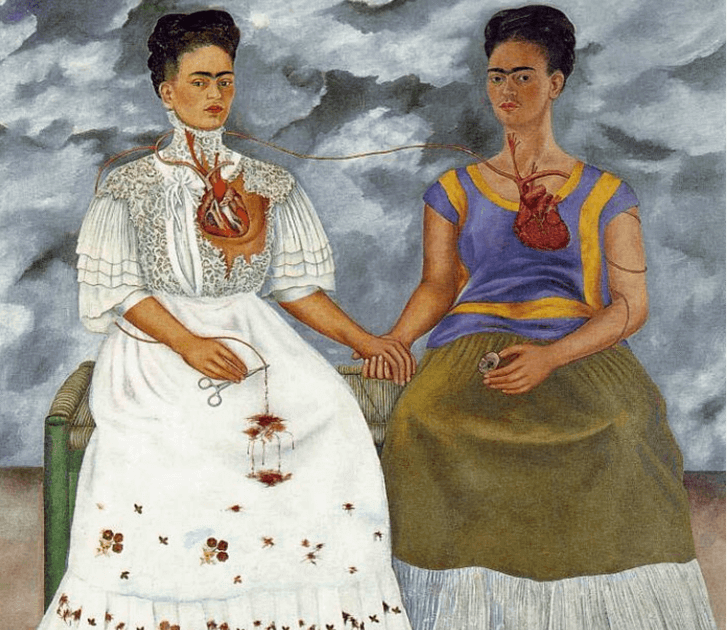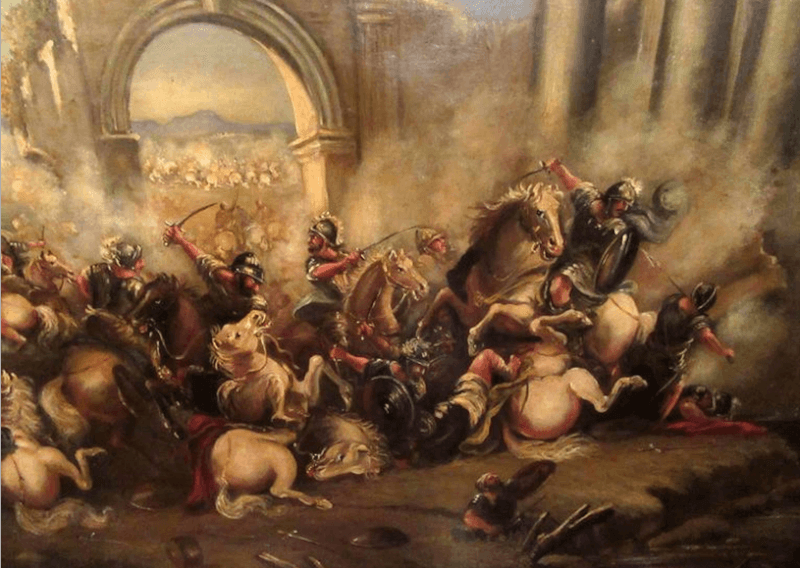The value of a piece of artwork varies from person to person. There are a variety of factors that determine the quality of an artwork and what it’s worth. Evaluating the quality of an oil painting can seem difficult at first, but there are certain ways that even an art novice can assess a painting. We’re going to give you some help in this and give you ten tips on how to evaluate the quality of an oil painting.
1. Proportions
You’ll want to evaluate the proportions that are displayed in the artwork. Proportions will depend heavily on the style that the painting was created in, so be sure to remember this when evaluating the painting.
For realistic oil paintings, you’ll want to see that the proportions mimic those found in life. For more abstract works, simply look to ensure that the proportions are stylistically consistent.
2. Originality
Oil paintings, at the core, are a way to express oneself in the most intimate way. It requires no skill to copy another artist’s work, which is why originality is so highly sought in the art world.
That is not to say that you should avoid reproductions, which do not detract from the original artist’s work. You can buy oil paintings online that are recreations and do not lose any of the originality from the actual piece. These are often a great choice, especially if you don’t have the luxury of buying an original and few people do.
What you don’t want is an artist that copies another one shamelessly and without the credit a reproduction gives. If someone decided to take an Impressionists view of a lake full of lily pads, it would look more like they’re copying Claude Monet rather than offering something original.
3. Significance

Consider the significance of the work when evaluating an oil painting. Significance refers to a quality that expands the way that the world is perceived. In regards to paintings, the significance would take the form of a statement that the artist makes that, in turn, creates a wider social effect.
The qualitative significance of a piece can vary greatly. Modern art, specifically, often aims to capture a lot with very little. A simple painting on canvas of only a line can say something about society. Other pieces may hold significance in the fact that they show the artist’s perspective of the world. Frida Kahlo, for example, made a lot of social statements but many of her real art pieces such as her portraits and paintings like My Birth show us how she viewed herself and the world around her.
4. Space

A work can be “finished” without giving the view the feeling of completeness. An oil painting that is complete should capture the entire surface, even in areas where little or no paint may be applied.
Space specifically refers to the area in and around an object. The goal of an artist is to capture space, by giving the illusion of objects and the empty spaces that surround them. A high-quality oil painting should use space in a way that draws the eye of the viewer towards the focus of the painting. It doesn’t matter whether it is a realistic or abstract painting, the artist is always working to emphasize certain aspects of the artwork.
5. Symbolism

An oil painting does not require the presence of symbolism to be of high quality. Instead, examine the way that symbolism is presented in a piece that exhibits it. Per the definition, symbolism is a way of using a symbol to represent another idea. An oil painting that uses this technique should make the symbol well stated and easily understood to the audience that the artist intended.
Quality use of symbolism is easy to see when it’s used. The viewer should be able to tell exactly what the intended symbol is, as well as what it is meant to represent. The symbol should serve a purpose within the work, to convey the artist’s intended significance.
For example, the connected heart in Frida Kahlo’s The Two Fridas clearly represents the connection between the two portraits. The broken heart vs. the whole heart and even the outfits of each Frida symbolizes how the artist was feeling.

6. Color and Value

Color and value play a significant role in the emotions that are evoked when examining a piece of art. Different colors can create different moods within a piece, such as how darker colors evoke negative feelings as opposed to more positive ones. While the specific colors chosen by the artist do not indicate anything the quality of the piece, the way that the artist uses color does.
An oil painting of high quality will show that the artist was able to use color well in their piece. Colors should be harmonious unless purposefully chosen by the artist to be in discord.
Value is how the lightness and darkness of a color are described. Lighter colors have higher values, and the opposite is true of darker colors. While the specifics of value as a design element can be quite complicated, the main idea is that value is used to create the illusion of light within a piece. An oil painting with good use of value will be of higher quality than one that does not.
7. Form

Form can refer to the medium in which a work is produced, such as sculpture or painting. The second and primary definition of form is what we will use here. Form refers to a three-dimensional object that exists in space. The goal of an artist is to make their forms appear as three dimensional as possible, in the limitations of the flat space. This is achieved with the proper use of values that create the illusion of light and shadows, resulting in depth.
To evaluate an oil painting for form, you’ll need to examine the objects within the painting. Determine how three dimensional they appear to be if they are meant to be seen three-dimensionally. Quality oil paintings will depict forms that appear to have significant dimension as if they reach back into the canvas.
8. Line and Shape
This is another factor of composition that can be a bit complicated for new art collectors. Lines in art refer to the effortC+-1 that draws the eye in a particular direction. Lines are used by artists to indicate the borders between objects, as well as to convey movement.
The way that an artist uses lines can be an effort to convey a particular feeling in viewers. Horizontal lines give the impression of calm and tranquility, demonstrated by the way that they appear in landscape photography. Conversely, vertical lines give the appearance of height.
A high-quality oil painting should have well-drawn lines that properly create movement where needed or indicated. Additionally, an artist who uses line thickness to convey shadows should do so in an attractive manner. Picasso was a master at using line thickness to portray different shapes and objects.
9. Perspective

Proper use of perspective is an easy way to tell if an oil painting is of high quality. Perspective is a way of imagining how a viewer from a particular location would see an object. Perspective involves detailed work of making sure that objects in a painting are set at the correct angle. Not only must the objects be set at the correct angle, but the light and shadows must also be as well.
When used properly, perspective will work alongside form to create the illusion of three dimensions. An oil painting of high quality should show forms that get smaller to indicate that they are “deeper” in the painting. The artist should also make correct use of vanishing lines so that the angles at which the viewer sees objects in the painting are accurate.
10. Detail

This method of evaluating a painting is often used in realistic paintings, rather than abstract ones. This is because realistic paintings are intended to depict objects that exist, necessitating the need for capturing detail.
An oil painting of high quality should have a high amount of detail relative to the way the artist chooses to paint the object. For example, a quick painting of flowers will have less detail than an image that is intended to be of photorealistic quality.
Evaluating the quality of an oil painting is necessary when buying and selling artwork professionally. This skill is also useful for people who are looking to order artwork for their home or office. Evaluating oil paintings takes practice, but with enough time the skills to do so can be acquired and put to use easily.
